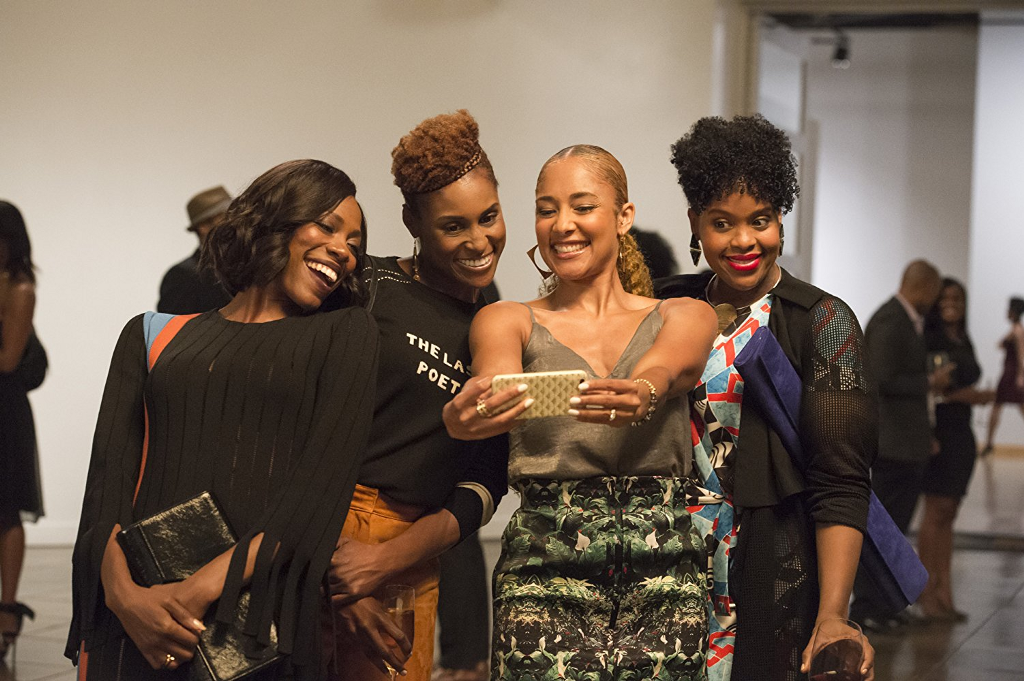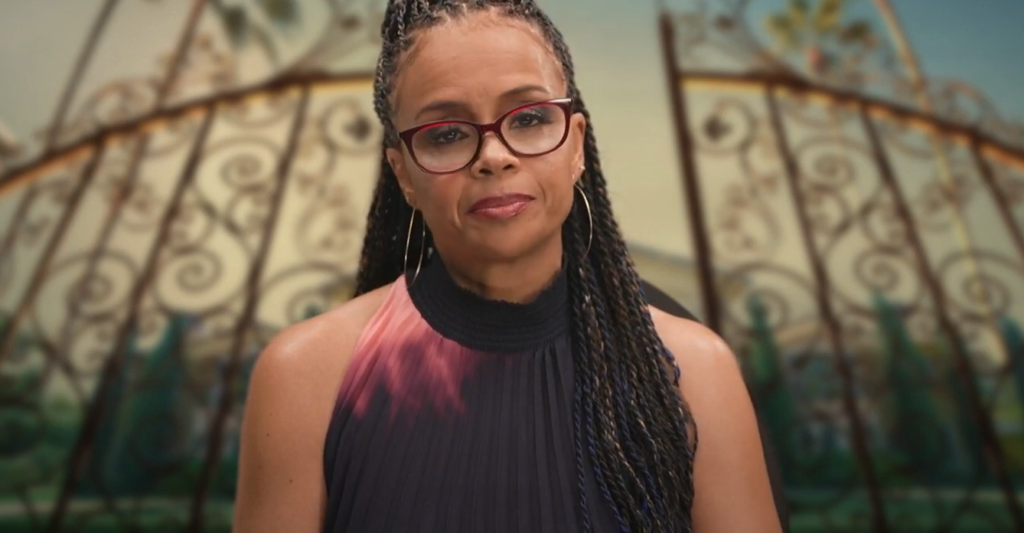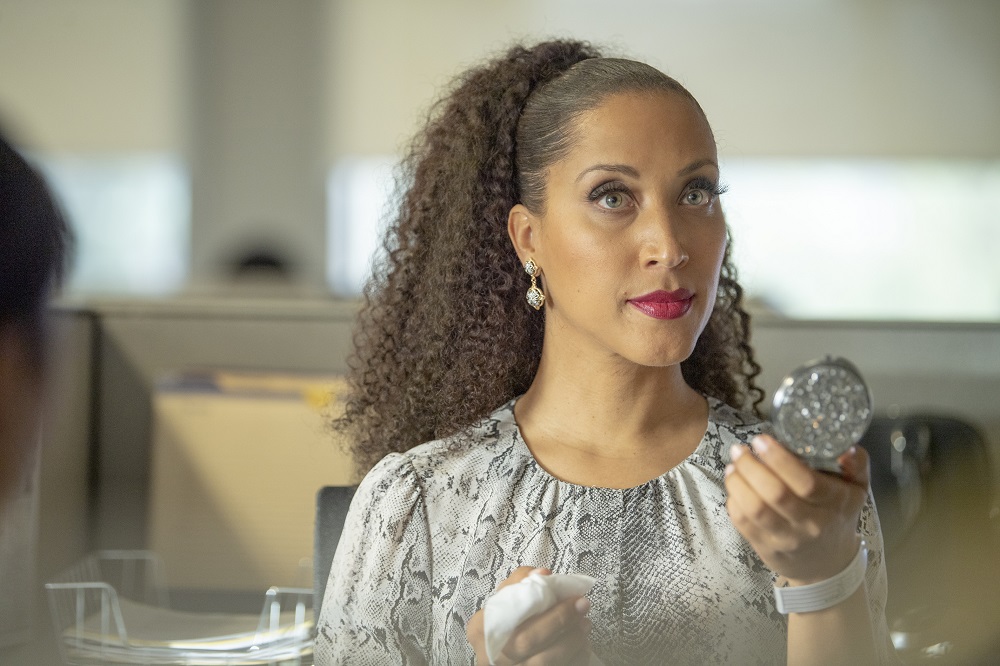Study: Number of Black and Asian Women on TV Reaches Recent Historical High, Behind the Scenes Progress Stalls
As the 2017–2018 television season gears up, you’re probably looking forward to the return of your favorite shows as well as planning to check out some new series. We have some good news to help kick off the new TV season, courtesy of Dr. Martha Lauzen and the Center for the Study of Women in Television and Film at San Diego State University: there has been a small but significant increase in the number of women on the small screen. The numbers of black female and Asian female characters on broadcast TV have risen to recent historical highs.
“Boxed In 2016–17: Women On Screen and Behind the Scenes in Television,” Lauzen’s annual report on the state of gender equality — or lack thereof — in TV, summarizes the “content analysis of 4,109 characters and 4,310 behind-the-scenes credits on dramas, comedies, and reality programs appearing on the broadcast networks, basic and pay cable channels, and streaming services in 2016–17.” This is the 20th year Lauzen has conducted the “Boxed In” study.
“While most of the gains are modest, the widespread nature of the increases is striking,” Lauzen said of the report’s findings.
As mentioned, black women represented 21 percent of the 2016–17 onscreen characters on broadcast TV, as opposed to 17 percent in 2015–2016. Asian women comprised seven percent of onscreen characters, up from 2015–16’s five percent. In fact, “Boxed In” found that “across platforms, programs are becoming more racially and ethnically diverse.” Black women in speaking roles represented 19 percent of all female roles, a three percent increase from the year before. Asian women made up six percent of all female characters, as compared to four percent in 2015–16. And the number of Latina characters rose to five percent in 2016–17, as opposed to 2015–16’s four percent.
Some of the other gains for women onscreen include a three percent uptick in the amount of female speaking characters. Women made up 42 percent of all speaking characters in 2016–17. In addition, women comprised 42 percent of all major characters across platforms, which marks a four percent increase since 2015–16.
While it’s heartening to see the amount of women onscreen slowly-but-surely increase, not all of the “Boxed In” findings are as positive. In particular, women in behind-the-scenes roles were not as lucky as their onscreen counterparts. “The employment of women working in key behind-the-scenes positions on broadcast network programs has stalled,” the report details, “with no meaningful progress over the last decade.” Twenty-seven percent of all broadcast network creators, directors, writers, producers, executive producers, editors, and directors of photography last season were women. That’s only one percent more than the number of women offscreen in 2006–07.
And many of the shows studied employed zero women in key behind-the-scenes roles. There were no women directors of photography on 97 percent of the shows examined, and no women directors on 85 percent of the series. Seventy-five percent of programs featured no female editors and 74 percent included no female creators. Sixty-seven percent of series featured no women writers, 23 percent included zero women producers, and 20 percent had no female exec producers.
Find the main “Boxed In” findings below. Head over to the Center for the Study of Women in Television and Film’s website for more information. You can read the entire “Boxed In” study here.
- Overall, 68 percent of the programs considered featured casts with more male than female characters. Eleven percent had ensembles with equal numbers of female and male characters. Twenty-one percent of the programs featured casts with more female than male characters.
- Across platforms, females comprised 42 percent of all speaking characters. This represents an increase of three percentage points from 2015–16 when females accounted for 39 percent of all speaking characters, and an increase of two percentage points from 40 percent in 2014–15.
- Females accounted for 42 percent of major characters on broadcast network, cable and streaming programs. This represents an increase of four percentage points from 38 percent in 2015–16, and an increase of two percentage points from 40 percent in 2014–15.
- The percentage of female characters featured on broadcast network programs was the same in 2016–17 as it was nearly a decade earlier in 2007–08. Last year, women comprised 43 percent of all speaking characters on broadcast network programs. While this figure represents an increase of two percentage points from 41 percent in 2015–16, it is the same percentage achieved in 2007–08.
- Across platforms, programs are becoming more racially and ethnically diverse. Black characters in speaking roles comprised 19 percent of all females in 2016–17, up from 16 percent in 2015–16. Asian characters accounted for six percent of all females in 2016–17, up from four percent in 2015–16. The percentage of Latinas increased from four percent in 2015–16 to five percent in 2016–17.
- Broadcast network programs became more racially and ethnically diverse in 2016–17, with Black and Asian female characters achieving recent historical highs. The percentage of Black females increased from 17 percent in 2015–16 to 21 percent in 2016–17. The percentage of Asian females increased from five percent in 2015–16 to seven percent in 2016–17.
- Latinas continue to be dramatically underrepresented on broadcast network programs. Latinas accounted for only five percent of all female characters with speaking roles in 2016–17. This figure is even with the number achieved in 2015–16 and 2010–11.
- Regardless of platform, gender stereotypes on television programs abound. Female characters were younger than their male counterparts, more likely than men to be identified by their marital status, and less likely than men to be seen at work and actually working.
- Across platforms, female characters were more likely than males to play personal life-oriented roles, such as wife and mother. In contrast, male characters were more likely than females to play work-oriented roles, such as business executive.
- In 2016–17, women comprised 28 percent of all creators, directors, writers, producers, executive producers, editors, and directors of photography working on broadcast network, cable, and streaming programs. This represents an increase of two percentage points from 26 percent in 2015–16.
- The employment of women working in key behind-the-scenes positions on broadcast network programs has stalled, with no meaningful progress over the last decade. Women comprised 27 percent of all creators, directors, writers, producers, executive producers, editors, and directors of photography working on broadcast network programs. This represents no change from 2015–16, and an increase of only one percentage point since 2006–07.
- Overall, programs employed behind-the-scenes women in relatively small numbers. Fifty percent of programs employed four or fewer women in the behind-the-scenes roles considered. In contrast, only six percent of programs employed four or fewer men. Three percent of programs employed 14 or more women in the behind-the-scenes roles considered. In contrast, 47 percent of programs employed 14 or more men.
- Across platforms, women fared best as producers (39 percent), followed by writers (33 percent), executive producers (28 percent), creators (23 percent), editors (22 percent), directors (17 percent), and directors of photography (three percent).
- Across platforms, startlingly high percentages of programs employed no women in the behind-the-scenes roles considered. 97 percent of the programs considered had no women directors of photography, 85 percent had no women directors, 75 percent had no women editors, 74 percent had no women creators, 67 percent had no women writers, 23 percent had no women producers, and 20 percent had no women executive producers.
- On programs with at least one woman creator, females accounted for 51 percent of major characters, achieving parity with the percentage of girls and women in the U.S. population. On programs with exclusively male creators, females accounted for 38 percent of major characters.
- Regardless of platform, programs with at least one woman creator featured substantially higher percentages women in other key behind-the-scenes roles. For example, on programs with at least one woman creator, women comprised 57 percent of writers. On programs with exclusively male creators, women accounted for 21 percent of writers.
- Across platforms, programs with at least one woman executive producer featured more female characters and had higher percentages of women directors and writers than programs with exclusively male executive producers. For example, on programs with at least one woman executive producer, women accounted for 18 percent of directors. On programs with exclusively male executive producers, women comprised eight percent of directors.







